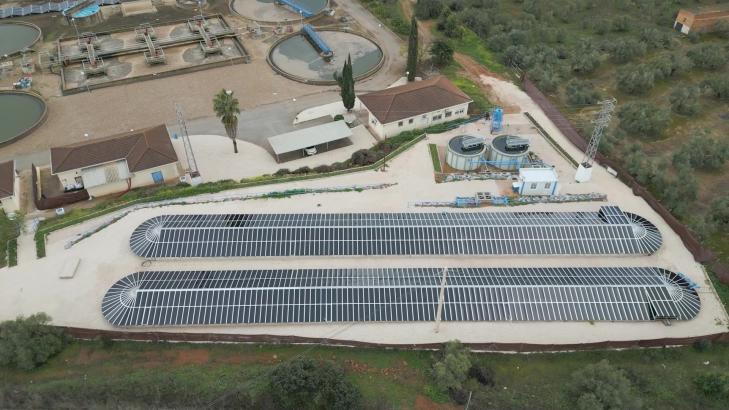
For a sustainable future, it’s important to replace regular plastics with eco-friendly options. The EU project DEEP PURPLE investigates using wastewater as a source of biomass to make circular, eco-friendly products using Purple Phototrophic Bacteria (PPB). Along with creating bio-fertilizer, ectoine, and self-healing concrete, the project also works on getting biodegradable plastics from liquid and solid waste in wastewater and this is how they do it.
Every year, wastewater management systems carry tons of biomass to treatment plants. A significant part of this waste, like toilet paper, contains cellulose. The DEEP PURPLE project finds new uses for this cellulose. Aqualia, a water management company in Spain, collects the cellulose from a wastewater treatment plant. Then, ITENE, a Spanish research centre, cleans the cellulose and turns it into a white gel called cellulose nanofibre (CNF). Some of this gel is turned into sugars using enzymes, which Novamont, a technical project partner, ferments into 1,4-butanediol. This compound is a building block for making films and packaging. The rest of the CNF gel is dried and added to concrete and plastic production as an extra ingredient.
The wastewater, after extracting cellulose, is combined with the organic fraction of municipal solid waste (OFMSW) after thermal hydrolysis at an organic waste biogas plant run by FCC Medio Ambiente. This mixture is then treated in anaerobic PPB photobioreactors to obtain PHA-enriched biomass through purple phototrophic bacteria. Activatec handles the PHA-enriched biomass, extracting and purifying the PHA for the project partners. Natureplast takes these PHAs and mixes them with CNF to create biodegradable plastic-composite materials.
NaturePlast has developed formulations using CNF and PHA. These formulations were initially compounded in pilot settings, and later at a semi-industrial scale in NaturePlast’s facilities. The resulting materials were then forwarded to Novamont to produce prototypes.

Source
Bioplastics MAGAZINE, 2024-03-19.
Supplier
Activatec
Aqualia
NaturePlast
Novamont S.p.A.
Technological Institute for Packaging, Transport and Logistics (ITENE)
Share
Renewable Carbon News – Daily Newsletter
Subscribe to our daily email newsletter – the world's leading newsletter on renewable materials and chemicals









